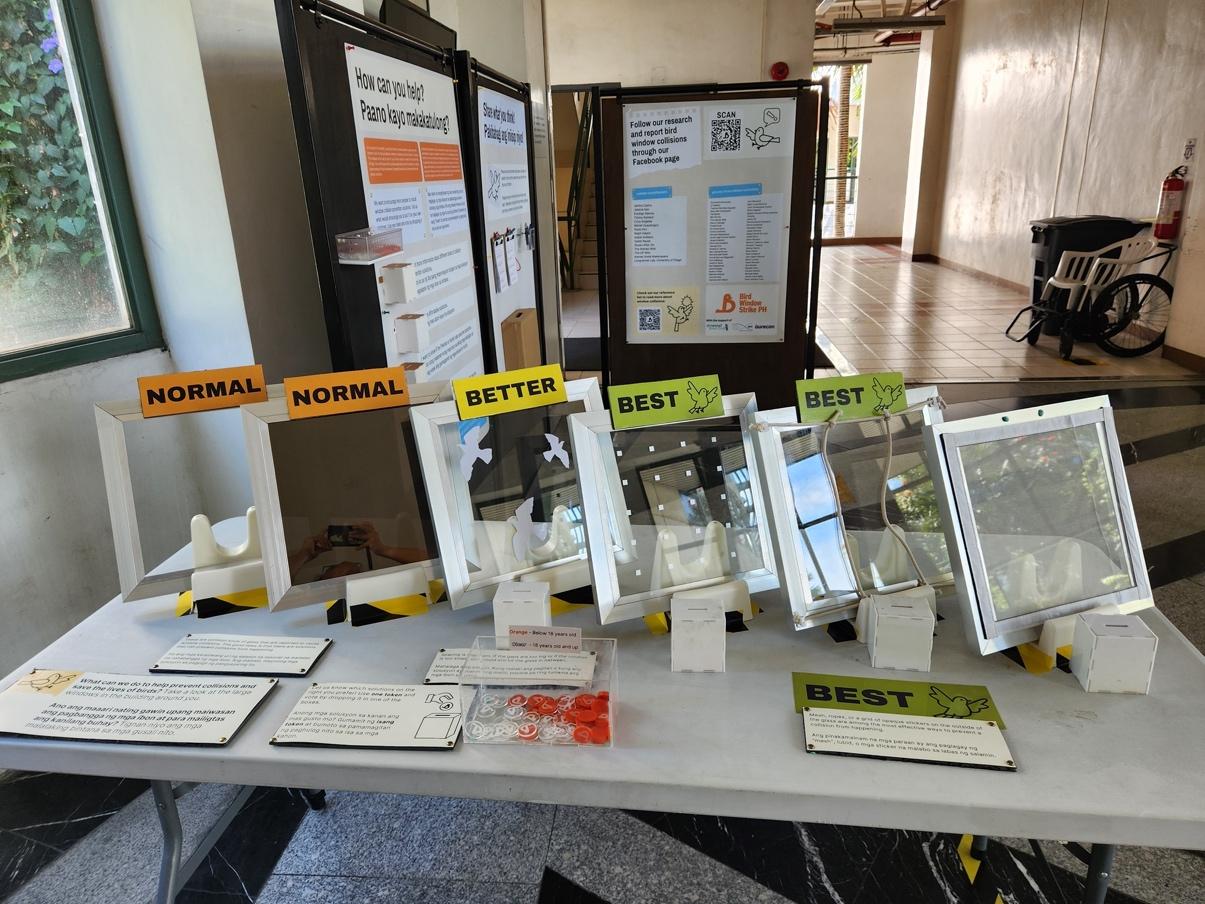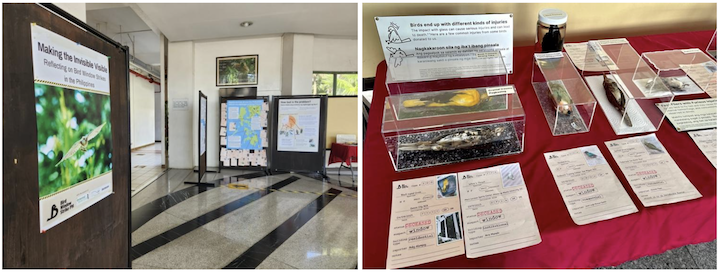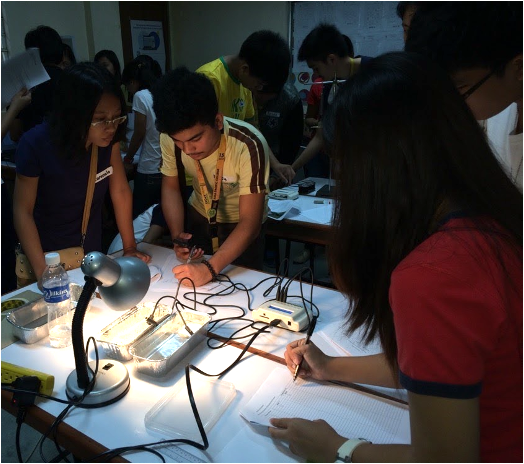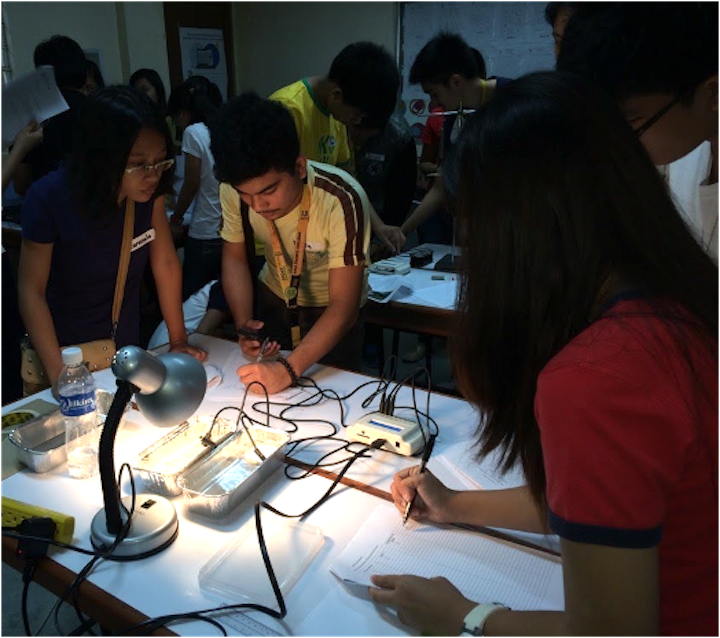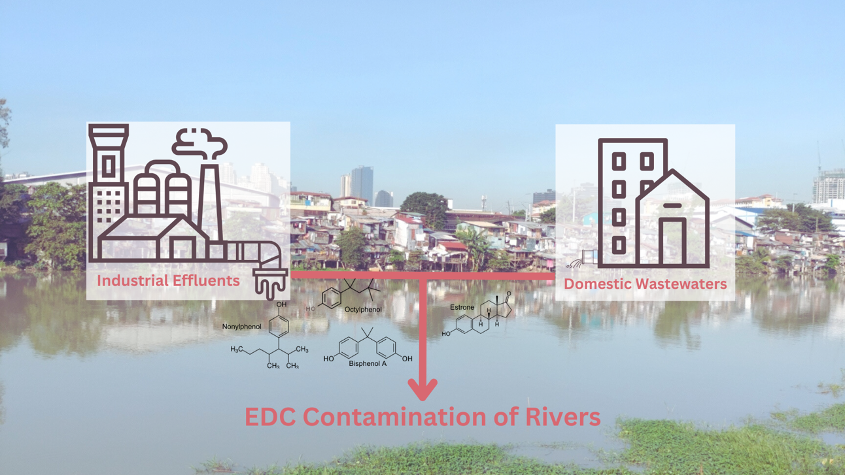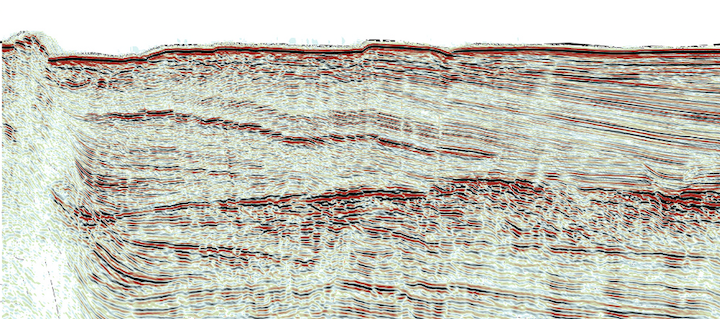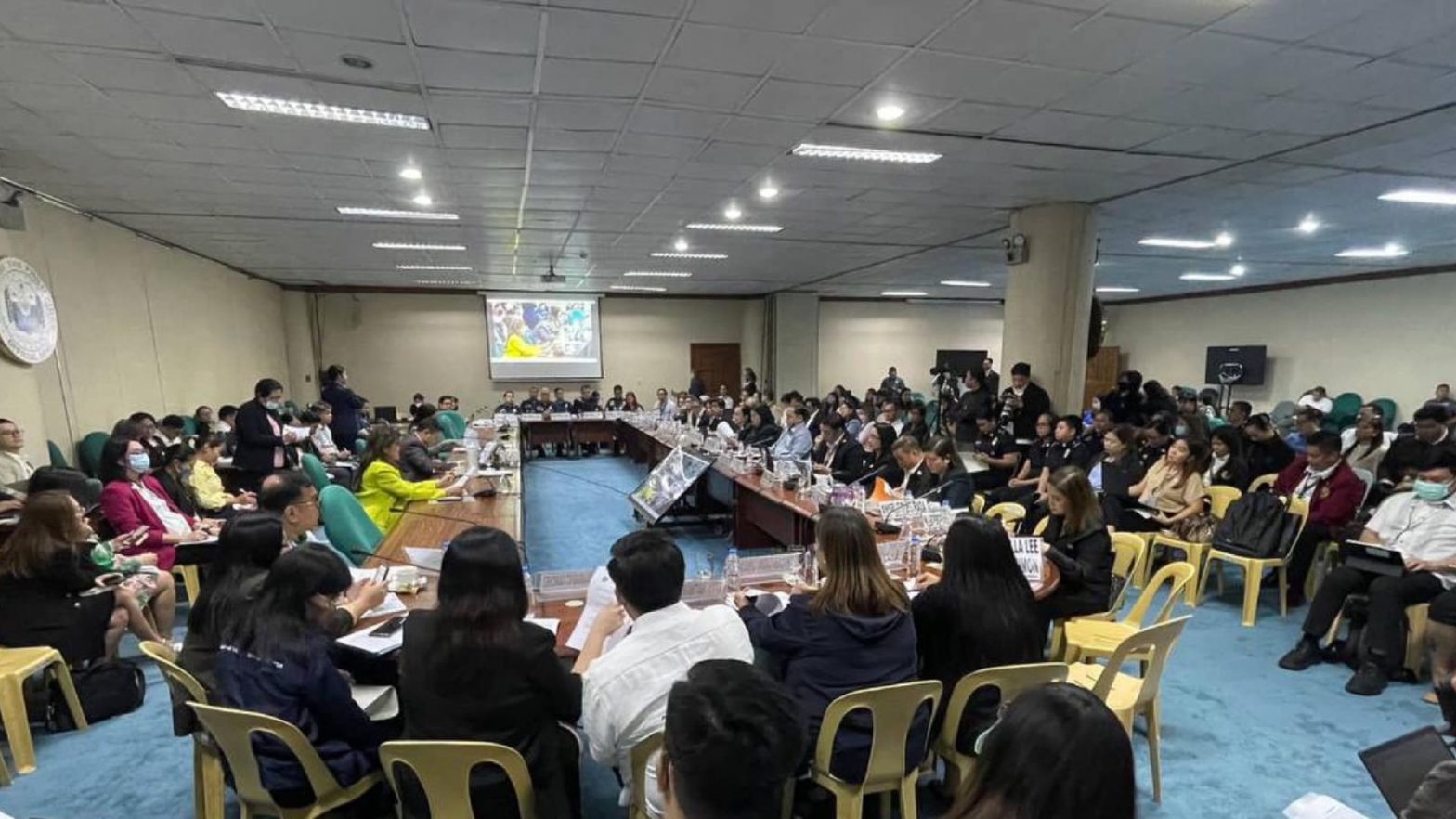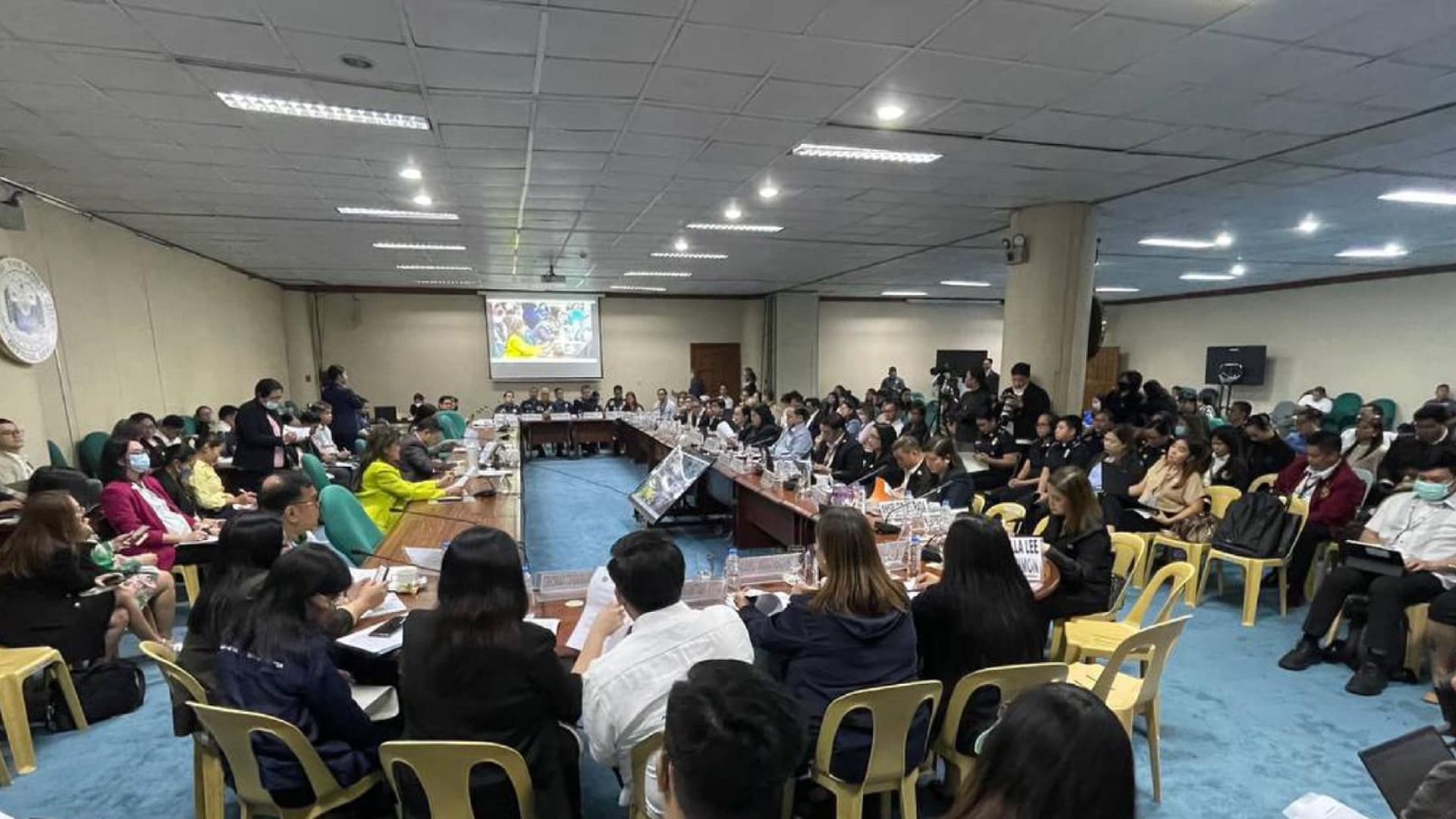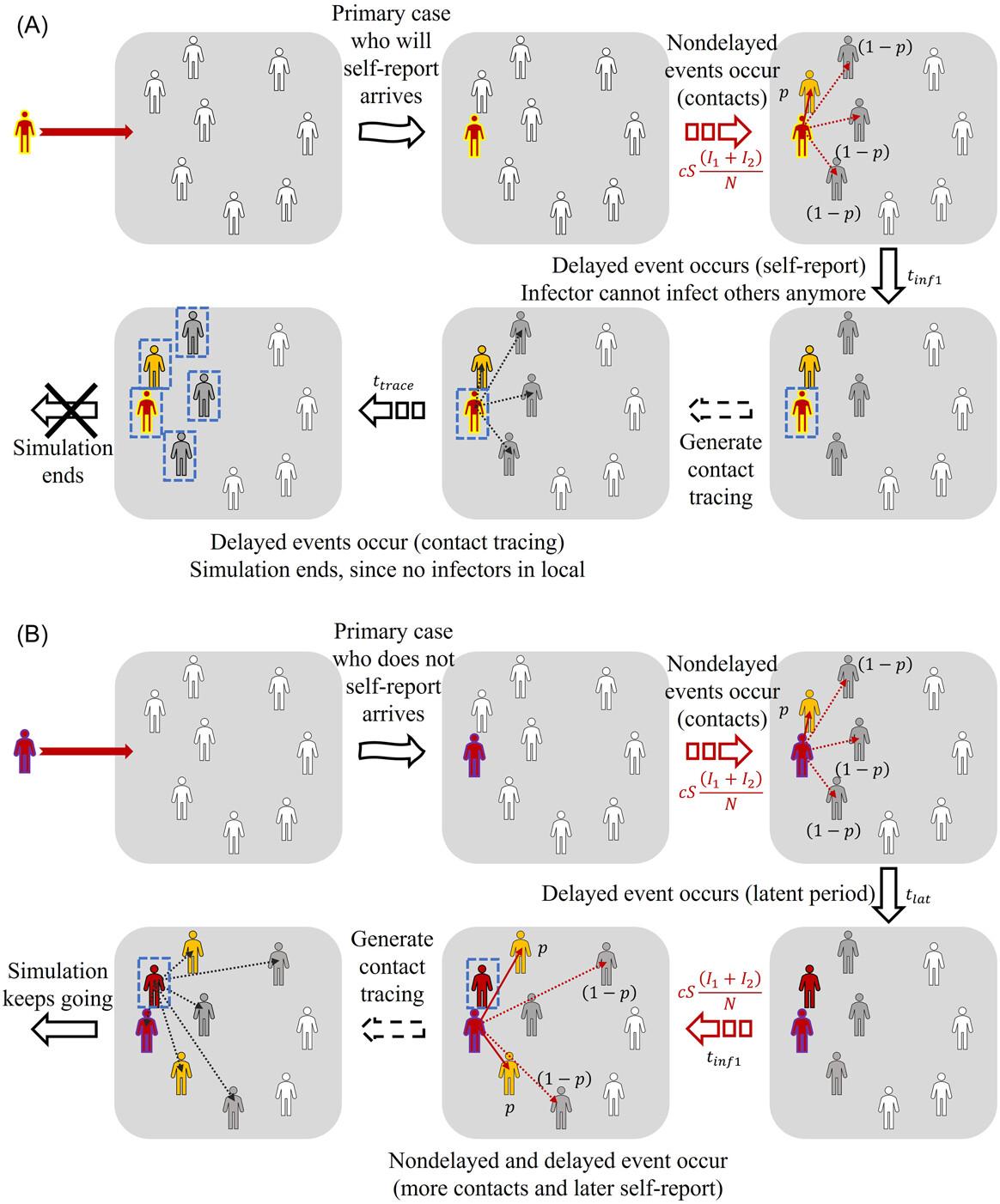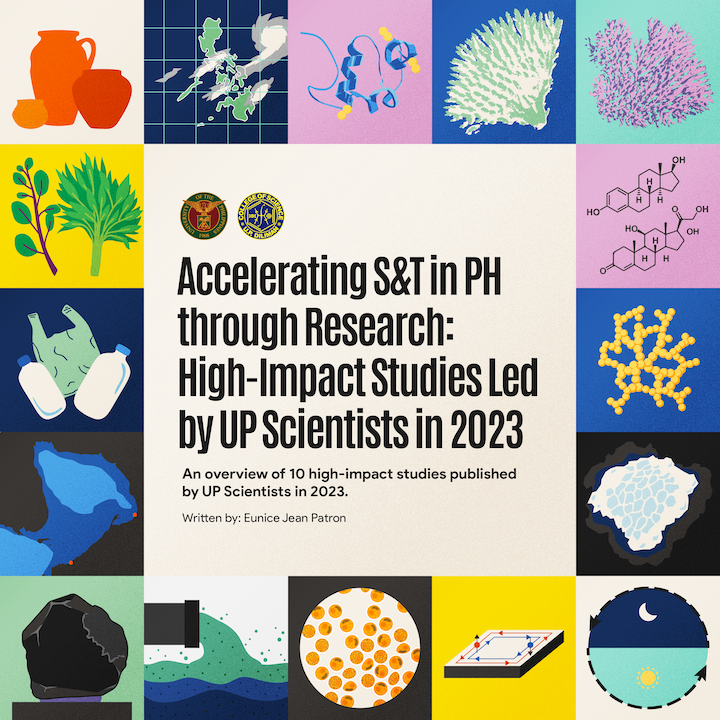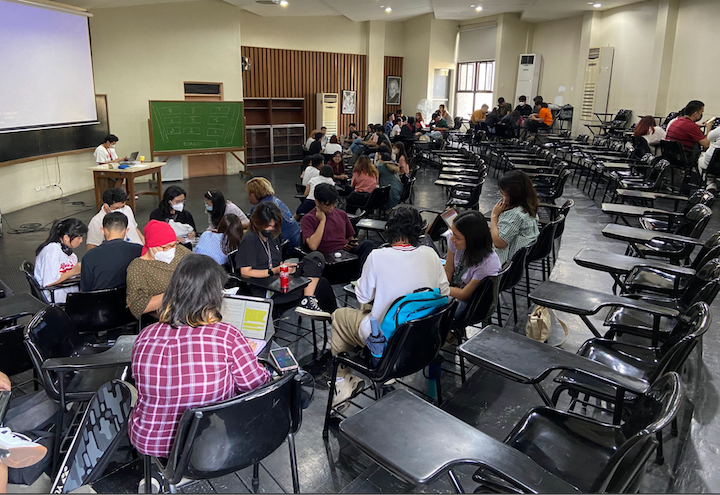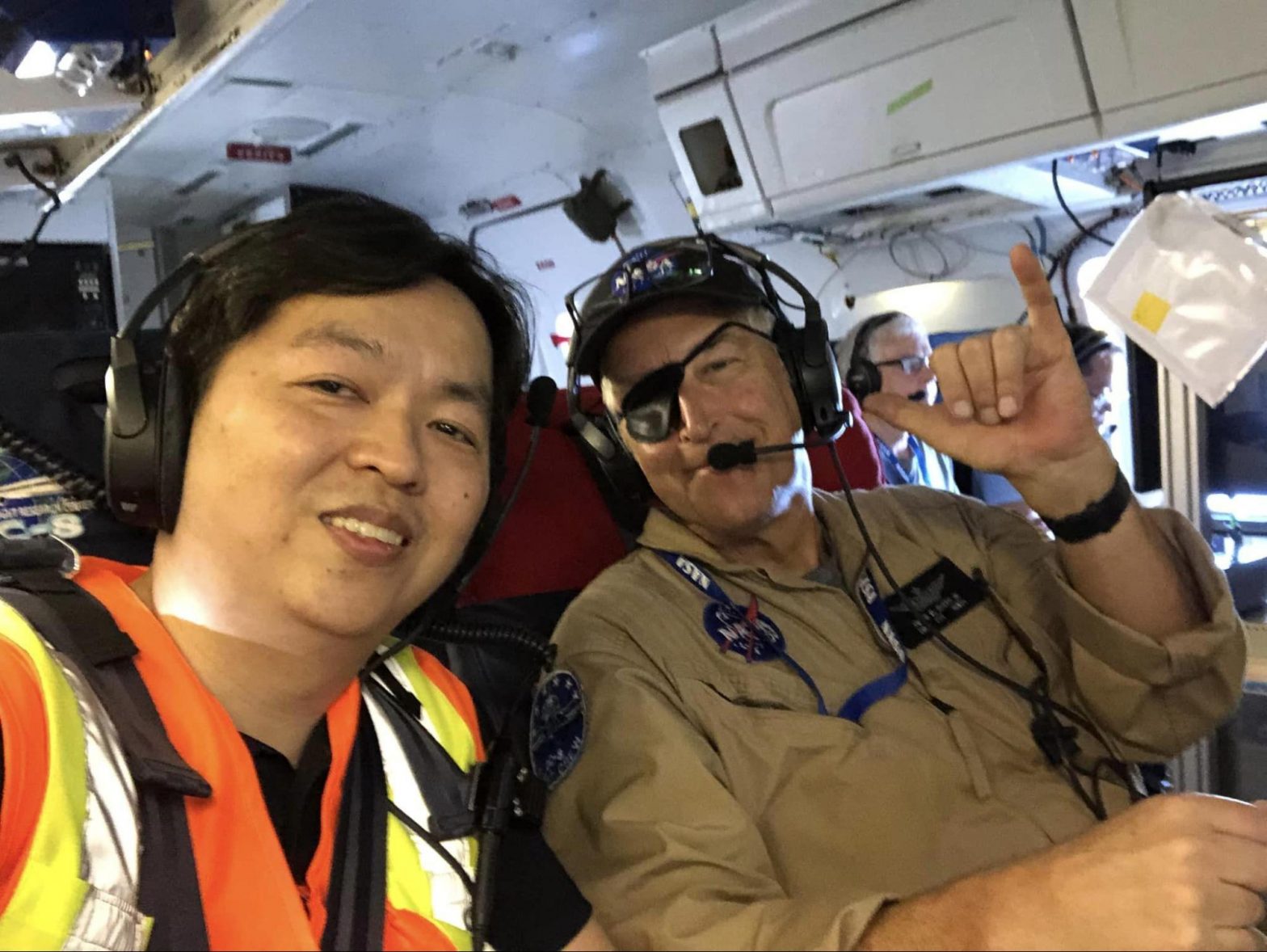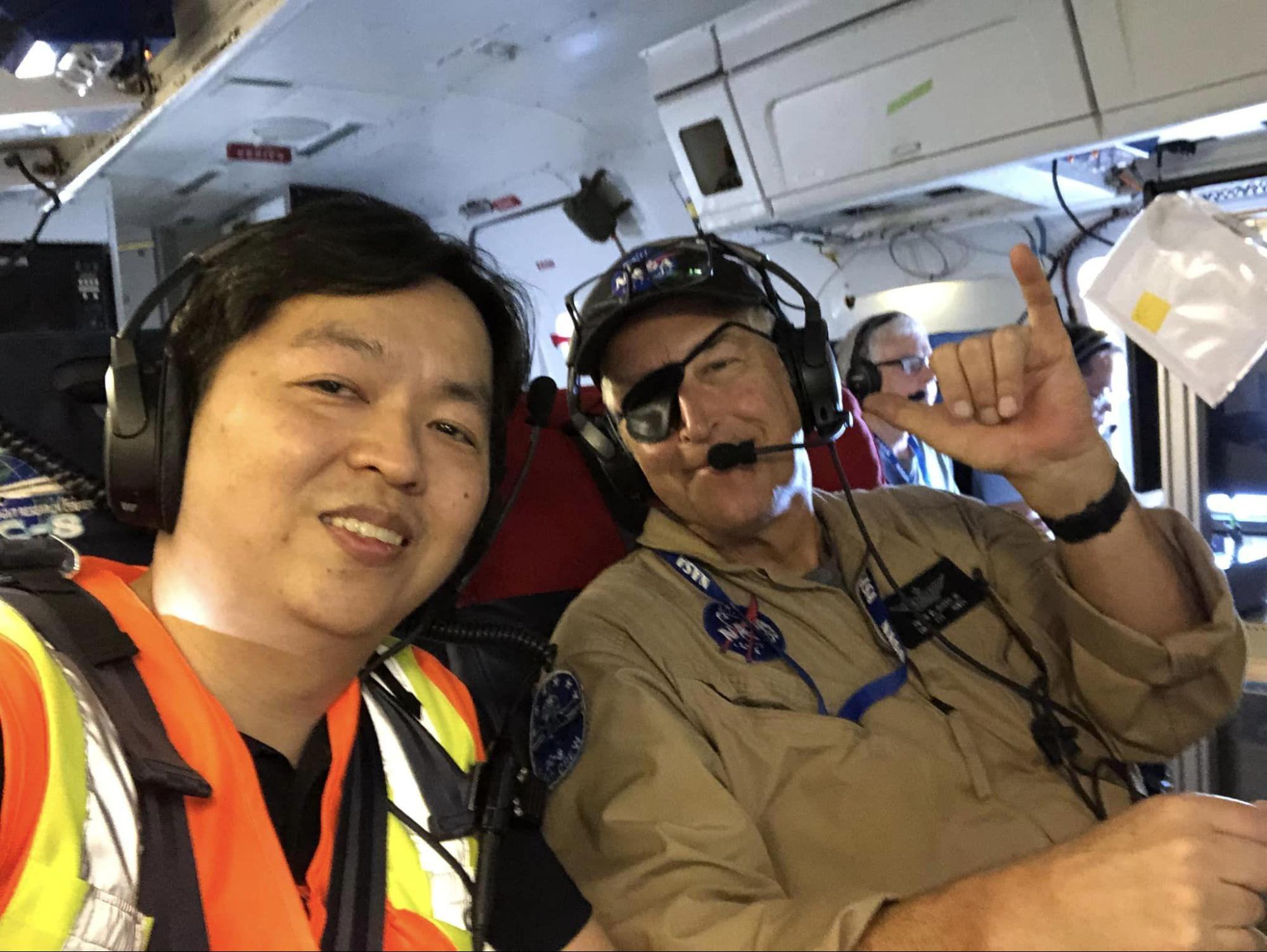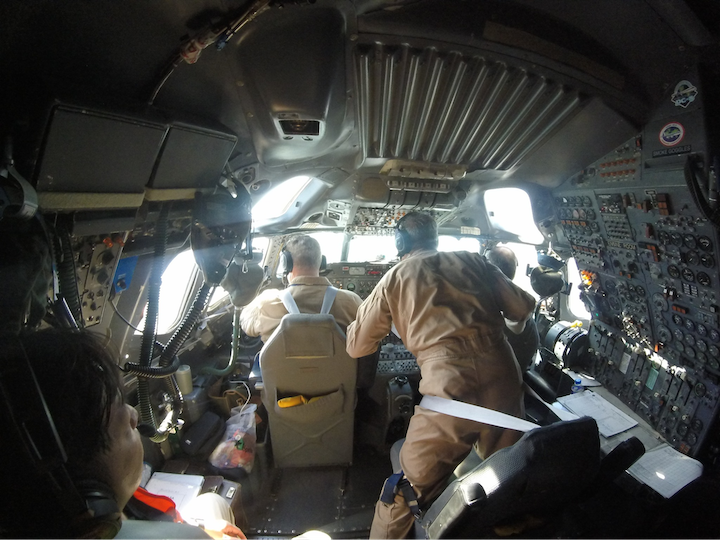Two UPD College of Science Professors Win the NRCP Achievement Award
Published: April 18, 2024
By: Harvey L. Sapigao
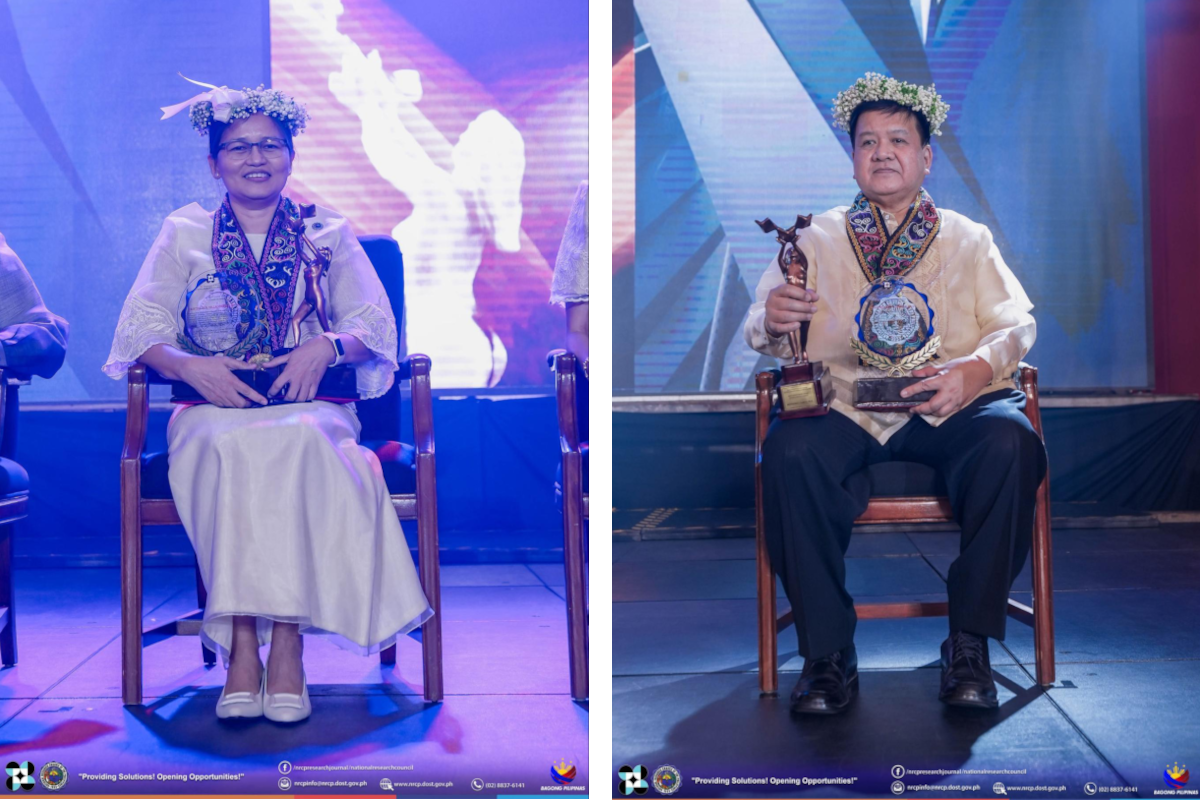
Dr. Cristine Villagonzalo and Dr. Reynaldo Garcia from the UP Diliman College of Science (UPD-CS) received the prestigious Achievement Award from the National Research Council of the Philippines (NRCP) in the recently held Annual Scientific Conference and 91st General Membership Assembly last March 12, 2024.
Dr. Villagonzalo of the UPD-CS National Institute of Physics (UPD-CS NIP) was lauded for her contributions to Physics, and Dr. Garcia of the UPD-CS National Institute of Molecular Biology and Biotechnology (UPD-CS NIMBB) for his contributions to the field of Medical Sciences.
Dr. Villagonzalo served as the President of the NRCP Governing board from 2022 to 2023. She is a Professor and the Deputy Director for Academic Affairs at NIP and the Project Leader of the International Year of Basic Sciences for Sustainable Development (IYBSSD) Philippines. Dr. Villagonzalo received her doctorate of natural sciences at Chemnitz University of Technology in Germany. She is currently working on a research project to integrate a quantum mechanics principle called the perturbation theory in a quantum circuit.
Dr. Garcia founded the Disease Molecular Biology and Epigenetics Laboratory (DMBEL) at NIMBB in 2011. He and his team played a crucial role in detecting and preventing the spread of COVID-19 during the pandemic. Dr. Garcia received his doctorate in Biochemistry and Molecular Biology at the Australian National University and is currently a Professor at NIMBB. He is currently investigating how specific mutations in colon cancer cells affect their resistance to treatments, and how these mutated cells divide, migrate, and survive.
The NRCP started awarding the Achievement Award in 1979 to those who have significantly contributed to the research and development of natural sciences, health sciences, engineering, industry, social sciences, and humanities in the Philippines.
Aside from Dr. Villagonzalo and Dr. Garcia, three professors from UP Los Baños also received the Achievement Awards, namely Dr. Inocencio Buot Jr. for his contributions to Biological Sciences, Dr. Maria Ana Quimbo for Social Sciences, and Dr. Remil Galay for Veterinary Medicine.
The UPD Department of Chemical Engineering was awarded the 2023 NRCP Outstanding Institution Award. It joins the ranks of UPD-CS institutes that have received the award, namely NIP, Marine Science Institute (MSI), and Natural Sciences Research Institute DNA Analysis Laboratory (NSRI-DAL).
For interview requests and other concerns, please contact media@science.upd.edu.ph.

